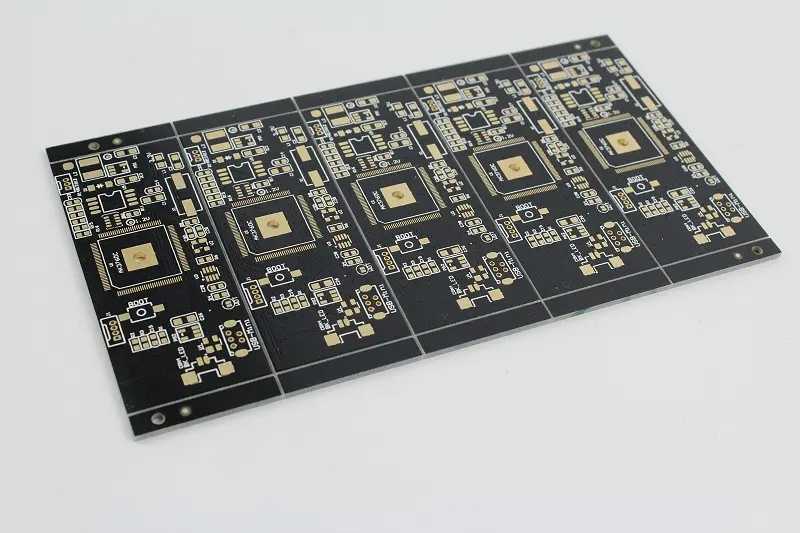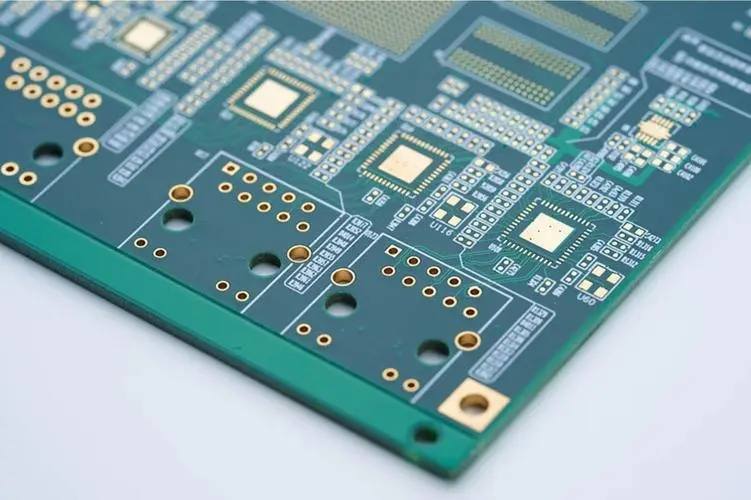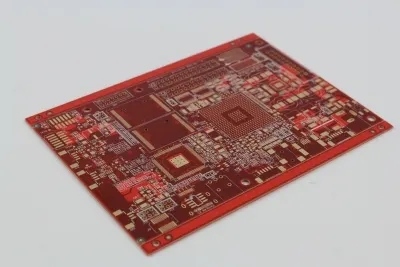
PCB Design Copper Platinum Thickness, Line Width and Current Relationship
PCB manufacturers explain the relationship between PCB design copper platinum thickness, line width and current
1、 PCB current and line width
The current carrying capacity of a PCB depends on the following factors: line width, line thickness (copper foil thickness), and allowable temperature rise. As we all know, the wider the PCB wiring, the greater the current carrying capacity. Assuming that under the same conditions, the 10 MIL cable can withstand 1A, how much current can the 50 MIL cable withstand? Is it 5A? The answer, of course, is no. Please see the following data provided by international authorities:
Data provided:
The unit of line width is Inch (1inch=2.54cm=25.4mm)
PCB manufacturers explain the relationship between PCB design copper platinum thickness, line width and current
2、 PCB Design Copper Platinum Thickness, Line Width and Current Relationship
Before understanding the relationship between PCB design copper platinum thickness, line width and current, let's first understand the conversion of PCB copper coating thickness in ounces, inches and millimeters: "In many data tables, PCB copper coating thickness is often measured in ounces, and its conversion relationship with inches and millimeters is as follows:
1 oz=0.0014 in=0.0356 mm
2 oz=0.0028 in=0.0712 mm

Ounces are weight units, which can be converted to millimeters because the copper coating thickness of pcb is ounces/square inch“
The empirical formula can also be used to calculate: 0.15 × Lineweight=A
The above data are the line current carrying values at 25 ℃
Conductor impedance: 0.0005 × L/W (line length/line width)
The current carrying value is directly related to the number of components/pads and vias on the circuit
In addition, the relationship between the current carrying value of the wire and the number of vias of the wire
1. The bearing value listed in the table data is the maximum current bearing value that can be withstood at 25 ℃. Therefore, various factors such as environment, manufacturing process, plate process and plate quality should be considered in the actual design. Therefore, the table is only provided as a reference value.
2. In the actual design, each wire is also affected by the pad and via. For example, the current carrying value of the segment of the pad will be greatly increased after the soldering of multiple segments of the pad. Many people may have seen that a segment of the wire between the pad and the pad in some high current boards has been burned. The reason is simple. The current carrying value of the segment of the wire of the pad has been enhanced because of the element pin and solder after the soldering, The maximum current carrying value of the pad between pads is also the maximum current carrying value allowed by the wire width. Therefore, when the circuit fluctuates instantaneously, it is easy to burn off the line between the bonding pad and the bonding pad. The solution is to increase the wire width. If the board cannot increase the wire width, add a layer of Solder layer to the wire (generally, a wire with a Solder layer of 0.6 on the left and right can be added to the wire with a Solder layer of 1mm, of course, you can also add a wire with a Solder layer of 1mm), This 1mm conductor can be regarded as a 1.5mm~2mm conductor (depending on the evenness and amount of tin when the conductor passes through the tin)
3. In the figure, the processing method around the pad is also to increase the uniformity of the current carrying capacity of the wire and the pad, which is particularly important in boards with large current thick pins (pins larger than 1.2 and pads larger than 3). Because if the pad is more than 3mm and the pin is more than 1.2, the current of this spot welding pad will increase dozens of times after it passes the tin. If the current fluctuates greatly at the moment of high current, the current carrying capacity of the whole line will be very uneven (especially when there are many pads), which is still likely to cause the possibility that the line between the pads will be burnt out. The treatment as shown in the figure can effectively disperse the uniformity of the current carrying value of a single pad and the surrounding circuit.
Finally, it is explained again that the current carrying value data table is only an absolute reference value. When no large current design is done, an additional 10% of the data provided in the table can absolutely meet the design requirements. In the general single panel design, the copper thickness is 35um, which can be basically designed at a ratio of 1 to 1, that is, 1A current can be designed with 1mm conductor, which can meet the requirements (calculated at 105 ℃).
3、 Relationship between Copper Foil Thickness, Wire Width and Current in PCB Design
The current strength of the signal. When the average current of the signal is large, the current that can be carried by the wiring width should be considered. The following data can be referred to for the wiring width:
Relationship between Copper Foil Thickness, Wire Width and Current in PCB Design
Note:
i. When copper sheet is used as conductor to pass large current, the current carrying capacity of copper foil width shall be selected and considered by referring to the value derating of 50% in the table.
ii. In PCB design and processing, OZ (ounces) is commonly used as the unit of copper sheet thickness. The definition of 1 OZ copper thickness is that the weight of copper foil in 1 square foot area is one ounce, and the corresponding physical thickness is 35um; The thickness of 2OZ copper is 70um.
IV. Empirical Formula
I=KT0.44A0.75
(K is the correction factor. Generally, 0.024 is taken for the inner layer of copper clad wire and 0.048 for the outer layer
T is the maximum temperature rise, in Celsius (the melting point of copper is 1060 ℃)
A is the copper clad sectional area, in square MIL (not mm, please note square mil.)
I is the maximum allowable current, in amperes (amp)
Generally, 10mil=0.010inch=0.254 can be 1A, 250MIL=6.35mm, 8.3A
V. Some Experience on Line Width and Copper Laying through Holes
A basic empirical value is: 10A/mm2, that is, the current value that can safely pass through the wiring with a cross-sectional area of 1 mm2 is 10A. If the wire width is too thin, the wire will be burnt when the large current passes through. Of course, the energy formula should also be followed when the current is burnt out: Q=I * I * t. For example, for a 10 A line, a 100 A current burr suddenly appears, and the duration is US level. Then the 30 mil wire can certainly withstand.
General PCB drawing software often has several options for copper coating of via pads of device pins: right angle spokes, 45 degree angle spokes, and straight laying. What's the difference between them? The novice usually doesn't care much about it. Just choose one at random. It's beautiful. Actually not. There are two main considerations: first, it is necessary to consider not to dissipate heat too fast, and second, it is necessary to consider the over-current capability. The circuit board manufacturer will explain the relationship between PCB design copper platinum thickness, line width and current.









